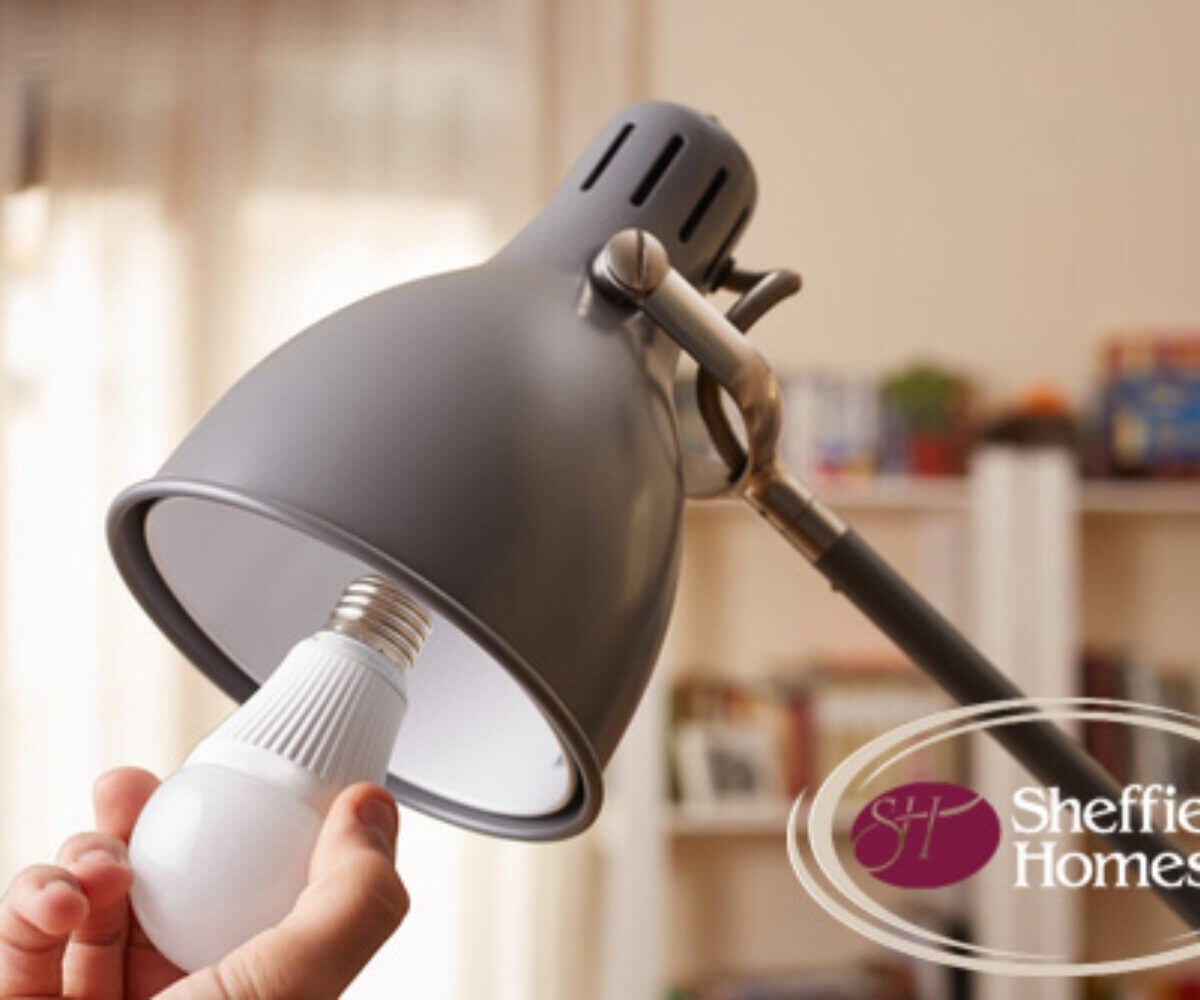Pros & Cons of LED Lights

How often have you made the switch to the latest-and-greatest phone, appliance, or television only to discover ten minutes later that you’re no longer at the top of the technology chain? Advances in modern technology of all sorts occur with such frequency as to leave the typical homeowner wondering what’s next, and whether or not the cost and hassle of change will prove worthwhile in the end. Such is the case with lighting.
Just when we have become accustomed to the concept and look of CFLs (compact fluorescent light bulbs) as a more energy and cost-efficient option to traditional incandescent lighting, we find a new contender for consideration–LED (light-emitting diode) lighting. LED lighting in and of itself is nothing new; for decades it has been used in power indicators for electronic devices (cue the annoying flashing time display on the oven or alarm clock that begs to be reset after a power outage), but only more recently has LED lighting been an option in home lighting applications.
LED Benefits
- LED bulbs last a long time, meaning you’ll replace them less often and save time and money.
- LED bubs work well in fixtures with dimmers, unlike CFL bulbs which may flicker when dimmed.
- LEDs use about 80% less energy than incandescent bulbs, resulting in lower energy bills. Some of that energy savings comes from lower heat output. Incandescent lights waste 90% of their power in the form of heat.
- LEDs also typically have a lower infra-red and ultraviolet output. This can reduce the risk of fire, especially as compared to halogen down-lights.
- LED lights switch on faster than fluorescent bulbs, and are not adversely affected by turning them on and off quickly, such as for use in a closet.
- Unlike incandescent bulbs, there is typically no glass to break and no filament to damage.
- Almost all types of light fixtures can accommodate LED bulbs, and LED bulbs come in many types and wattages.
- LED bulbs do not contain toxic mercury, as do CFLs, and they emit a fraction of the amount of carbon dioxide as compared to either incandescent or fluorescent bulbs.
LED Disadvantages
- The initial cost of LED bulbs may be higher than other types of lighting, but–as with most technological advances–prices tend to drop as the product(s) become more readily available.
- There may be compatibility issues with existing dimmers and low voltage transformers when retrofitting. Try using name-brand bulbs rather than generics.
- High-powered LED down-lights can be taller than halogen lights, which can be a problem if roof space is limited.
- LEDs may fail prematurely in high temperatures.
- Light output and color quality can diminish over time, but this is not unique to LEDs.
- There have been some problems reported of LED lights causing radio interference, or flickering. Well-designed lights, however, should not manifest these problems.
- Choosing the right LED bulb for a particular application may be more complex than selecting traditional incandescent bulbs.
As an industry expert in custom home building, Sheffield Homes incorporates the most up-to-date energy efficiency and green building practices. When building a new home in the Denver area, remember that building code requirements dictate the percentage of energy-efficient lighting that must be used in the home, and that LED lighting offers a great solution that satisfies both city inspectors and homeowners alike.
/Sheffield_Logo_Horizontal_Reversed.png)


